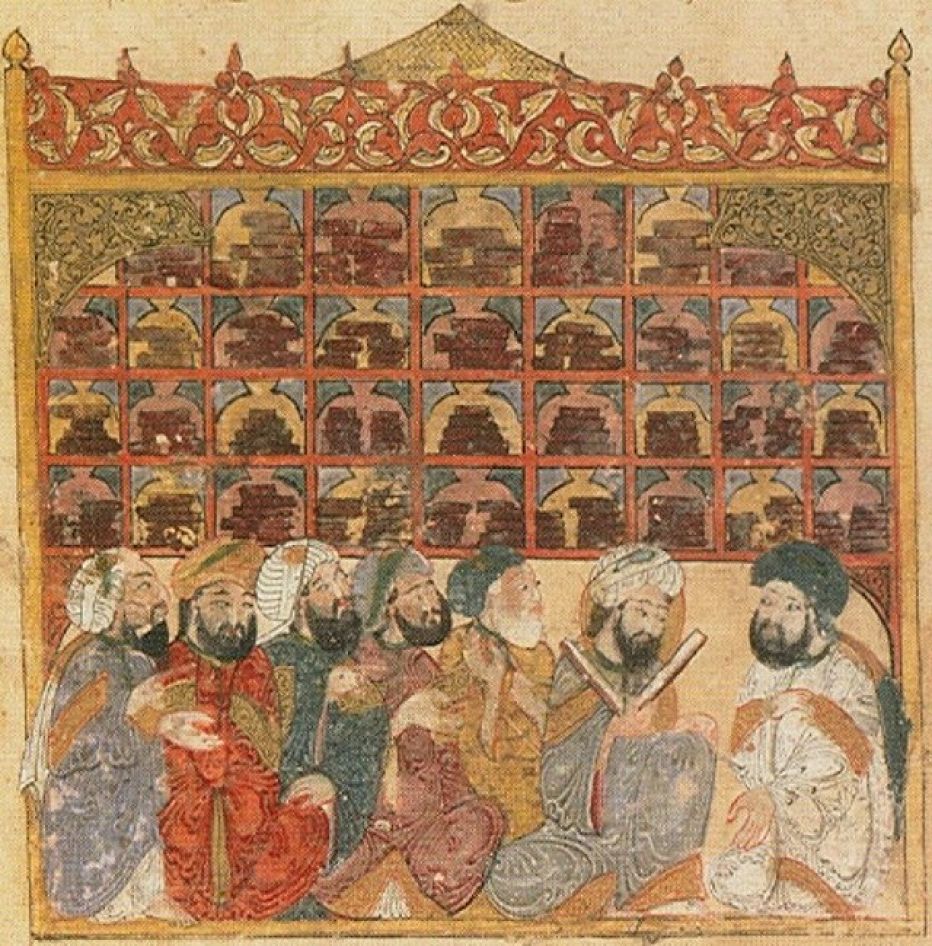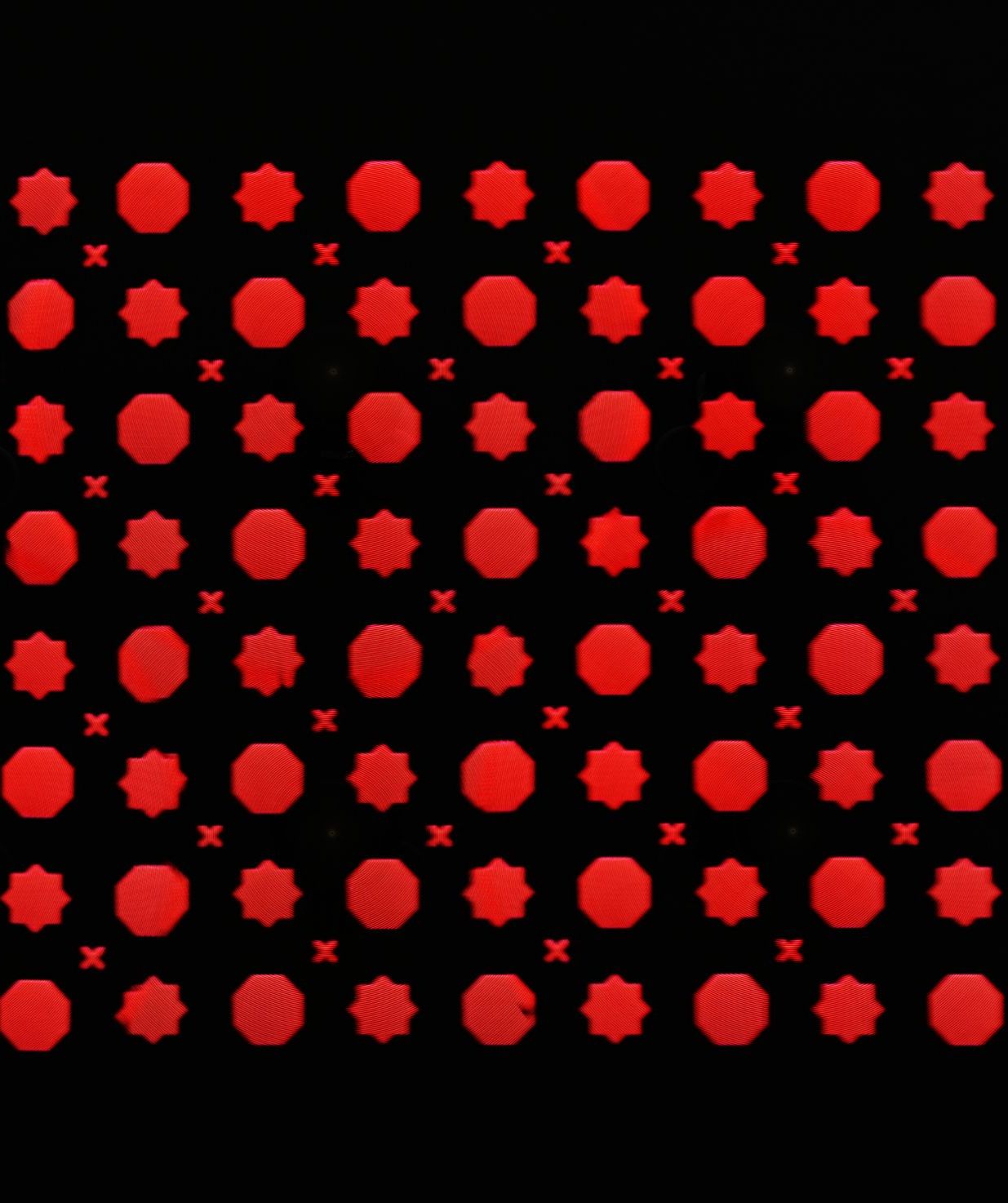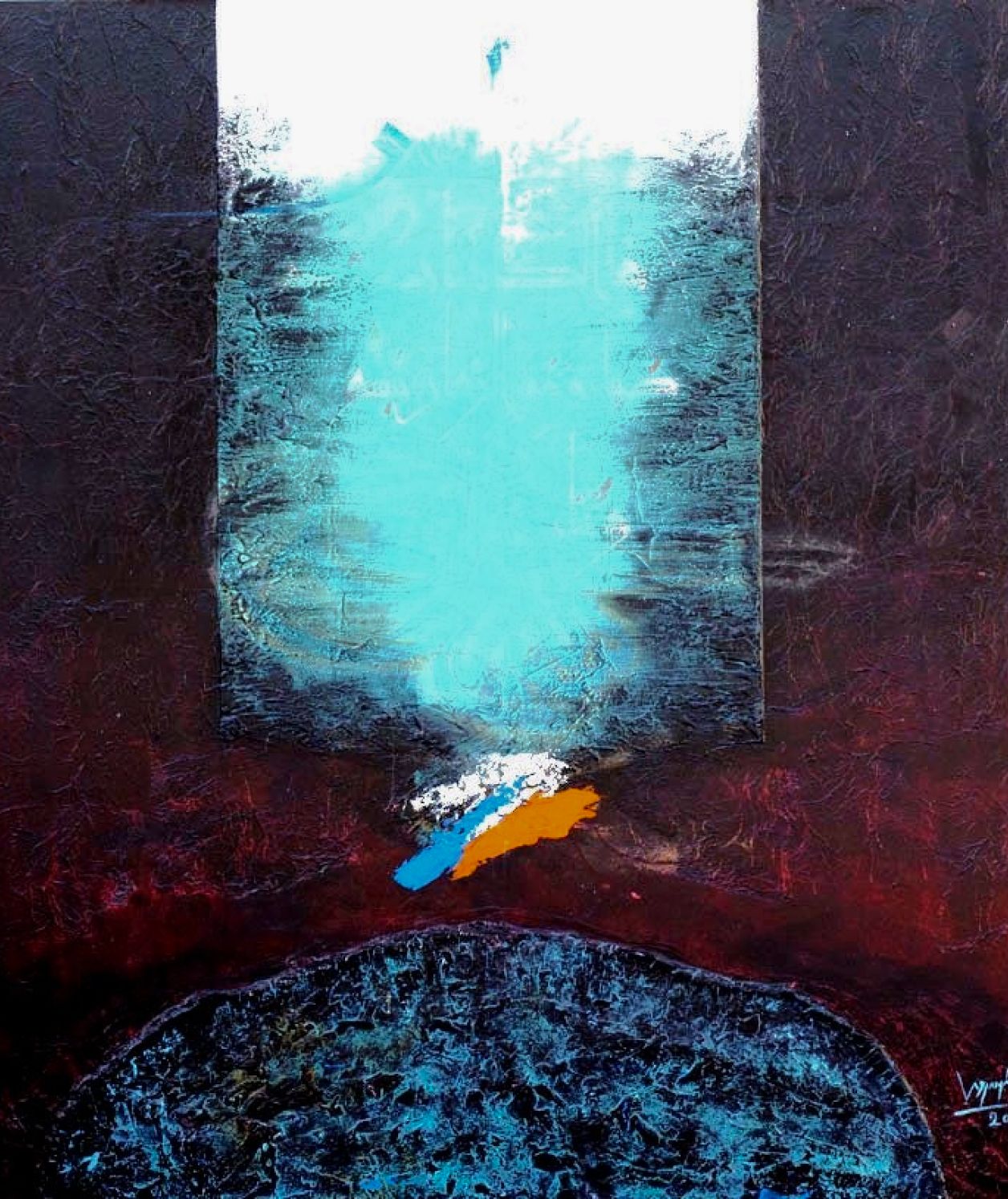The Light of Wisdom
A map drawn by Abu Abdllah Al-Idrisi (1100-1165) and it is the first world map known to the world.
From the dawn of time, humanity has chased after this light, trying to understand the world they were given by their creator. Once harnessed, the torch of knowledge began to be handed down from one civilization to another, growing more luminous as time passed.
Preserving such a light can be a precarious task, however, as darkness and ignorance try to seep through the fabric of knowledge. But when that light is sustained, it shines its enlightenment on those who tend to it, gifting them with a perception beyond their imagination and pushing the boundaries of their minds.

Makamat - the house of wisdom (Bait Al Hikma)
This brings us to the story of the Islamic Golden Age, period of cultural, economic and scientific flourishing in the history of Islam. A time when people began to preserve the minds of others while also creating an environment allowing for cross pollination of thought to occur between those with different cultural backgrounds.
Valuing knowledge is embedded deep within the Islamic faith and the importance to expand on it is highly emphasized – it is essentially a form of devotion to Allah’s gift of the mind.
During the Abbasid Caliphate (750-1258) the rise of this period began, specifically when Caliphate al-Mansur moved the capital to Baghdad in 762. Years after, Harun al-Rashid established the famous ‘Bayt Al-Hikma’ (House of Wisdom), a dedicated space for scholarship. And it was during al-Ma’um’s time, Harun al-Rashid’s son, when he made an effort to recruit the most famous scholars from across the globe to come to the House of Wisdom. It did not matter what their background or belief was, as long as they bestowed their knowledge and passed it on to the next generations.
Chinese, Egyptian, Greek, Indian, Phoenician, Persian and Roman civilizations all had their stories and information that they had amassed over time preserved in the library and used it as a stepping stone into the unknown. Discoveries in various fields were made, and mankind was working together to further push their limits. Because the spread and expansion of such informa-tion was important, no expense was spared when it came to translation. Some say that the Caliphate had retained an army of translators who cost as much as many state budgets of today.
The light kept growing to unfathomable limits until it unfortunately began to flicker and fade away due to the Mongol invasions, which saw the destruction of the House of Wisdom and its contents during the Siege of Baghdad in 1258. All that was attained was lost and, for the next few centuries, mankind would struggle to harness that light once more.
Luckily, we are now again at a time when mankind is amassing and exchanging information. Essentially, our House of Wisdom has become virtual, and as such the light of knowledge has never shone so bright. Hopefully it will be a light that is heavily guarded and protected for future generations to come.


